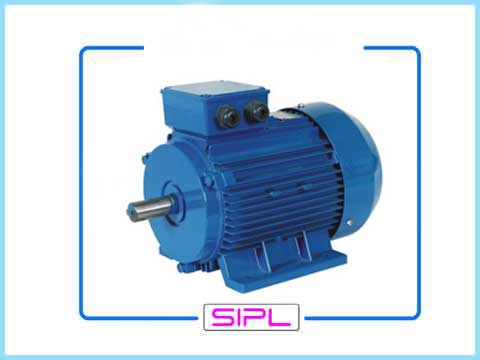Electric motor, also known as motor or electric motor, is an electrical device that converts electrical energy into mechanical energy, and can then use mechanical energy to generate kinetic energy to drive other devices . There are many types of motors, but they can be roughly divided into AC motors and DC motors for different occasions.
Basic Information
The advantage of a DC motor is that it is relatively simple in speed control. It only needs to control the voltage to control the speed. However, this type of motor is not suitable for operation in high temperature, flammable and other environments, and because the motor needs to use carbon brushes as a current transformer means (Commutator) a (brush motor), it is necessary to periodically clean the brushes friction generated contaminants. A brushless motor is called a brushless motor. Compared with a brush, a brushless motor is less power-saving and quieter because of the less friction between the carbon brush and the shaft. The production is more difficult and the price is higher. AC motors can be operated in high temperature, flammable and other environments, and do not need to clean the carbon brush dirt regularly, but it is more difficult to control the speed, because controlling the speed of the AC motor needs to control the frequency of the AC (or use induction The motor uses the method of increasing the internal resistance to reduce the motor speed at the same AC frequency ), and controlling its voltage will only affect the torque of the motor. Generally, the voltage of civil motors is 110V and 220V. In industrial applications, there are also 380V or 440V.
Working Principle
The principle of rotation of the motor is based on John Ambrose Fleming's left-hand rule . When a wire is placed in a magnetic field, if the wire is energized, the wire will cut the magnetic field line and move the wire. The electric current enters the coil to generate a magnetic field, and the magnetic effect of the electric current is used to make the electromagnet continuously rotate in the fixed magnet , which can convert electrical energy into mechanical energy. The principle of a DC motor that interacts with a permanent magnet or a magnetic field generated by another set of coils to generate power is that the stator does not move, and the rotor moves in the direction of the force generated by the interaction. The AC motor is the stator winding coil is energized to generate a rotating magnetic field. The rotating magnetic field attracts the rotor to rotate together. The basic structure of a DC motor includes ” armature “, “field magnet”, ” snumeric ring “, and ” brush “.
Armature: can be rotated around the axis of soft iron is wound a plurality of turns of the coil core. Field magnet: A powerful permanent magnet or electromagnet that generates a magnetic field. Slip ring: The coil is connected to two semi-circular slip rings at about both ends, which can be used to change the direction of the current as the coil rotates. Every half a turn (180 degrees), the direction of current on the coil changes. Brush: Usually made of carbon, the collector ring is in contact with the brush in a fixed position to connect to the power source.
Basic structure
There are many types of electric motors. In terms of basic structure, its composition is mainly composed of a stator (Stator) and a rotor (Rotor).
The stator is stationary in the space, while the rotor can rotate around the shaft and is supported by bearings.
There will be a certain air gap between the stator and the rotor to ensure that the rotor can rotate freely.
The stator and the rotor are wound with coils, and current is applied to generate a magnetic field, which becomes an electromagnet. One of the stator and the rotor can also be a permanent magnet .
Development History
In 1835, an American blacksmith, Thomas Davenport, made the world's first application motor capable of driving a small electric car. In the early 1870s, the world's first commercially available motor was invented by Belgian electrical engineer Zenobe Theophile Gamme. In 1888, the famous American inventor Nikola Tesla used Faraday's principle of electromagnetic induction to invent an AC motor, which is an induction motor . In 1845, the British physicist Wheatstone applied for a patent for a linear motor , but the principle was only paid attention to in the 1960s, and a practical linear motor was designed, which has been widely used in industry. In 1902, Swedish engineer Danielson used the rotating magnetic field concept of Tesla's induction motor to invent a synchronous motor. In 1923, the Scotsman James Weir French invented a three-phase variable reluctance (Variable reluctance) stepping motor . In 1962, with the help of the Hall element , a practical DC brushless motor finally came out. In the 1980s, practical ultrasonic motors began to come out.






